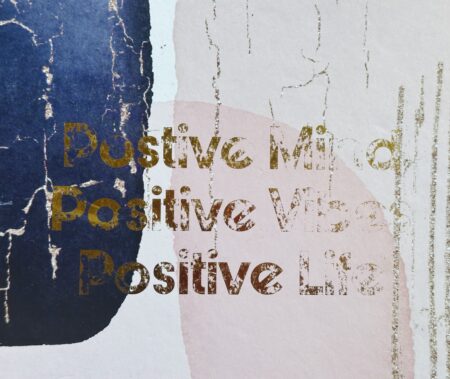There are moments in life that test us. They test our commitment to living authentically; our internal capacity for change; and our desire to choose ourselves more often.
Life is built with these moments or mini-endings: the end of our youth, our school years, young parenting years, our time with our parents and many more. Others we choose ourselves: moving to a new city, leaving a job or ending a relationship.
How many of us say we want to be aligned, authentic and empowered?
When the stock market is up, our children healthy and our jobs going well, we speak this more easily – like a mindless mantra.
Then change comes.
It could be death, disease or disappointment. Here, our values and commitment are tested. How can you be ok when things are not? What do you really want? How far are you willing to go for it? What will you give up for your gain?
We say we want to be in alignment. Yet, in order to gain these, we must choose to lose. In order to gain it is what you seek, what is the price of its admission? For rebirth to happen, first must come the ending.
Endings can be painful. Incredibly so.
And they are something to get better at in life, I am learning. To practice even.
So often, we cling to status quo and avoidance because we are afraid of endings. The ending – or metaphorical death – of something feels so profound. We do not know what is on the other side and fear the unknown. Yet, we cannot remain in the present.
So, we cling.
We cling to status quo and remnants of the past. You give up parts of the old while living something new. It feels different. But, it is not whole. It is easier to cling and straddle than to walk through the door of an ending. For that doorway – made of fear – seems impenetrable.
But what is this fear, really? As someone told me recently, “fear is like a veil – it seems like a steel wall from afar. Then, slowly, as you step closer to that door you see: it is thin and permeable. There is almost nothing there.”
“Practice dying before dying. For on the other side of your fear is freedom,” he concluded. I liked the idea of that.
This is what is mean by non-attachment in spiritual teachings. In Buddhist philosophy it is called shenpa, and the teachings of ancient masters, including current visionaries like Pema Chodron, walk us through how to detach more. For ultimately, one day, full detachment will be thrust upon us – with every person in our life and item we own. Our kids leave. Our spouses die. Our homes sold. Our careers end. Why not practice a little now?
Our fear and the unknown must be walked through in order to create something new. To grow. There is no hack or shortcut. For a new reality to come alive, we must end something first.
Life gives us chances to practice our resilience, our tuning into self and our values with “little heartbreaks.” Our child withdrawing their hand on the daily walk to school, preparing us for their eventual individuation. Getting fired from a job or the ending of a relationship. These endings test our character, our trust in the world and can bring about tremendous fear. These moments also force us to cultivate our inner strength or crumble. For, in the hardest moments, those are our only 2 options.
Our voluntary choice to end something doesn’t buffer the pain and scariness of these moments. To me, sometimes they are harder. For they are the truest tests of our willingness to align with our values, or dharma, and live within our truest desires. To willingly choose to pay a price, step up to sacrifice and make a tradeoff – takes guts. It can make you better at endings. Less fearful of the fear, too.
On the other side of these tests? A new chapter of life. One that’s more in integrity with who you are. It may not be easier, but it is worth it.
For after the ending, always comes a beginning.


